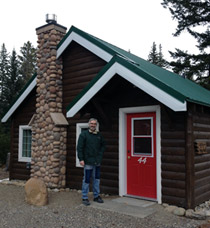
Jasper residents know to expect the unexpected with Michal Wasuita. Michal is a 2013 pioneer, proud of taking the path less traveled - and very excited about where that path has led.
Michal is the owner/operator of Pine Bungalows, nestled just north of the Jasper town site and a fixture of Jasper National Park.
In fact, Pine Bungalows has welcomed visitors from across the world for the past 70 years.
That lengthy history ultimately took its toll on the rustic pine bungalows - and that's where Michal's story with LEED certification begins.
In 2003, with only three years remaining on his lease with Parks Canada, Michal and his mother, Connie Bjorkquist, who spent her lifetime working on the property and is still actively consulting with Michal, had some serious decisions to make about the property.
"The cabins needed updating and the infrastructure was slowly failing," Michal explains. He knew some of the cabins were prone to flooding, conditions were right for developing mold in some of them, the interiors had used oil-based paints and the failing water, sewer and gas lines offered an opportunity to modernize and right these services.
Michal had to think about what he wanted to accomplish. "Remodelling the existing cabins was just putting lipstick on a pig. Contractors and developers told me just to rip them down and start over."
Michal had a better idea than just replicating the old cabins. This was his chance to make Pine Bungalows an eco-friendly part of Jasper National Park. "My sense of place is very strong. If we can't look after a national park, we're doomed."
He read, he researched, he found EcoAmmo Sustainable Consulting Inc. in Edmonton to help secure LEED certification.
"My strategy was simple. I had to change my attitude about how business is run, about how construction is done. We were abusing the earth – everything from David Suzuki's teachings to my research into the broader scientific world reinforced for me how important our planet is. I'm not on a crusade. I'm only doing my small part."
Needing Parks Canada approval for any building project, Michal submitted his master plan. The Pine Bungalows concept proved unique, both for Parks Canada and for LEED.
"I'm breaking new ground. I want to certify a residential building located on a commercial property inside a national park."
Michal says his research gave him the tools he needed to guide Parks Canada through the process. "They developed an appreciation for the project and for LEED. For instance, they questioned the fact that I hadn't included plans for irrigation to water the landscaping. I told them I had no plans to water the landscaping because I would use all native plants that would adapt to local water conditions."
He says Edmonton's EcoAmmo offered invaluable advice as they worked alongside each other. "Their enthusiasm is great. I sourced everything from caulking to street lighting with EcoAmmo guiding me on the right path. They have the know-how and enthusiasm and really helped steer some of my suppliers in the right direction. Stephani (Carter) was very responsive and helpful."
Michal says he's learned a lot about sustainable building and LEED. "I'm getting more intuitive about what I need to know."
The master plan approved by Parks Canada included nine phases. He's just completed Phase 4 - with eight cabins completed. "The toughest parts were the first couple of phases, replacing the infrastructure one section at a time. So far, I've invested over $4 million in capital, with another $2.5 million to go."
"I wanted to do the right thing – for my customers, my suppliers and myself. We're still a cabin in the mountains – welcoming any traveler from anywhere to connect with nature and even with their own children. We're a digital detoxification zone."
The project is targeting LEED Silver, but some of the features Michal has included have the potential to boost the project to Gold certification - when they are implemented. For example, the cabins are solar ready, with the electrical panel ready for the change sometime in the future. As well, Michal may consider a hot water loop in future rather than the current central hot water system.
"I get a lot of satisfaction over what I'm doing. The Jasper town folks thought I was crazy at first. Now, people understand my motivations and have taken a real interest in the project. And education is an important part of LEED. The process is pretty cool. You get a point if you do an open house to educate your staff and the public."
"I like the LEED system. If you comply with all the categories, the points add up quickly. And you end up doing the right thing."
An example is Michal's local sourcing of his materials and his use of modern building and construction techniques. He installed bathroom fans to coordinate with the lights. A bathroom timer pulls air out of the room for a set 15 minutes rather than using a humidifier.
Michal's only real surprise is the minimal response to the green project as a whole as "I thought using all the right products and financial investment in sustainable tourism would elevate the tourist sales and be a bigger draw. My expectations around the dollar movement have not been met; the education and awareness is a slow process but hopefully the project will be a draw in itself. I really am encouraged by the success of the LEED certification process as it is the way of the future and Pine Bungalows has made the financial and, more importantly, the social and emotional commitment to a forward green movement."
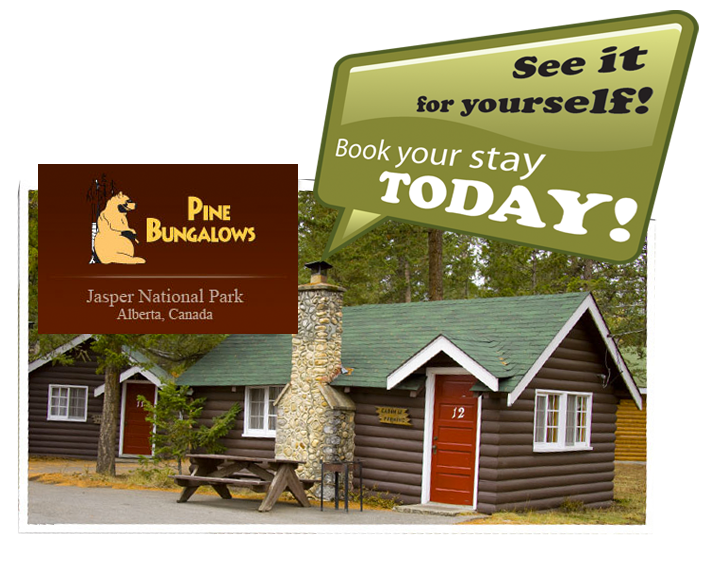
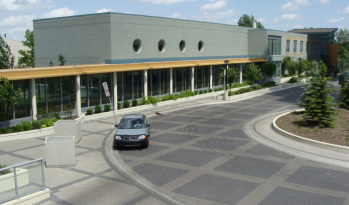
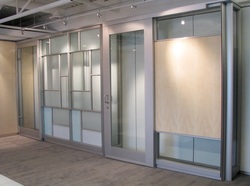
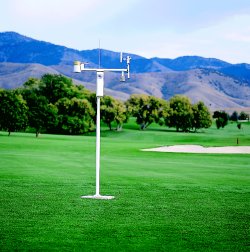

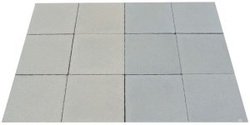
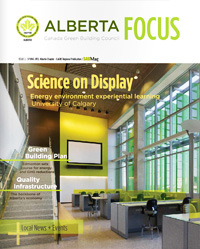

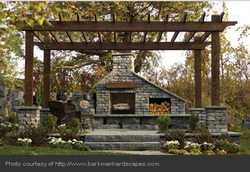

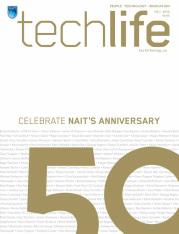
 RSS Feed
RSS Feed